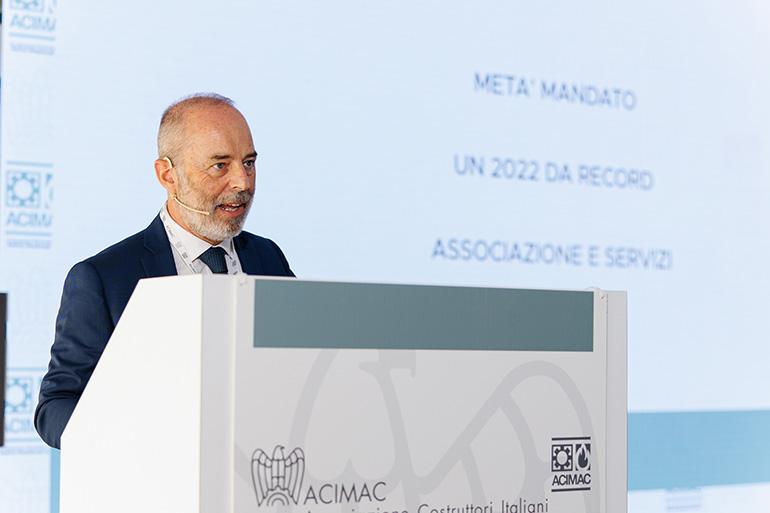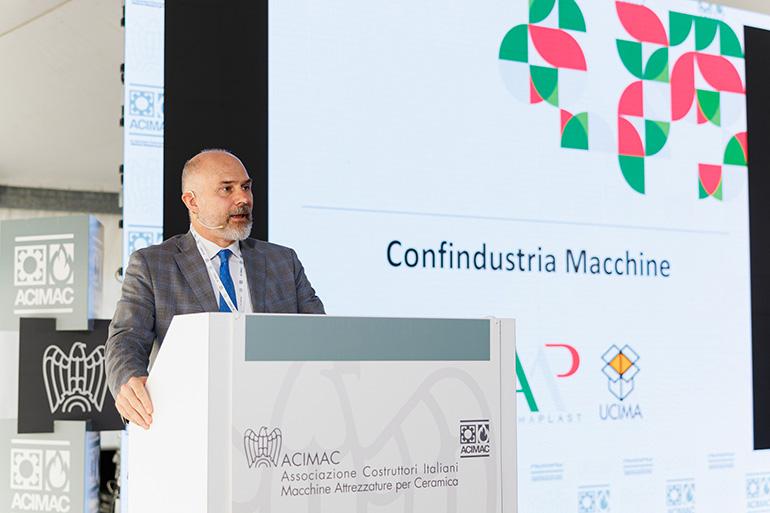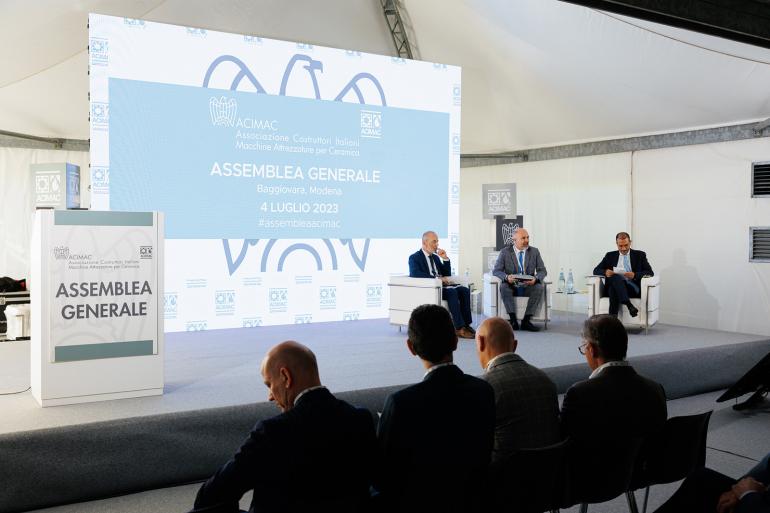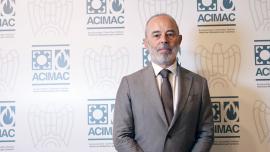Ceramics machinery continues to sell at record levels: €2.35 billion in turnover in 2022
Italian machinery industry marks a 14.5% increase on 2021. Exports are worth €1.69 billion. Acimac chairman Lamberti commented: “An outstanding result achieved in an extremely challenging year”.
The ceramics machinery and equipment manufacturing industry closed 2022 with another record-breaking turnover after last year's and with positive indicators in all the main areas analysed. The industry consolidated its over €2 billion position by recording turnover totalling €2,350,000,000. Growth rose against 2021 by 14.5%, representing a significant leap in a year marked by multiple negative factors and tensions on the global market. The result definitely surpassed expectations and also the €2.16 billion estimate forecast in the interim period.
2022 witnessed 137 companies in business (one less than in 2021) and a further increase in employment, with a total of 7,325 workers (up 1.5% on 2021).
This data was disclosed at the annual Shareholders' Meeting by the Mecs - Acimac Research Centre, reporting its 31st National Statistical Survey, which provides a snapshot of the industry's performance every year.
The international markets
Italian exports generated a turnover of €1.69 billion, the highest ever. Proportionally to overall turnover, exports accounted for 72%, while the rise with respect to the previous year was almost 10% (+9.9).
The European Union remained firmly in the lead as a the main market for products made in Italy, with €535 million in turnover and a leap of 26.9%. Almost one in three Italian machines (31.6% of the total) is sold in EU countries.
Next came Asia (India, Indonesia, Vietnam, Bangladesh, etc., excluding China), with €259 million, down slightly on 2021 (-4.5%). The bronze medal, meanwhile, went to the Middle East, with €221 million. While still recording an uptrend with respect to the previous year, South America lost its third place with a total of €219 million. Coming in fifth, North America doubled its 2021 turnover, with business amounting to €179 million.
Eastern Europe fell, reporting €131 million (a consequence of the Russia/Ukraine conflict which began in February 2022), as did Africa with 90 million, with downtrends amounting to -13.6% and -23% respectively. At the bottom of the table, China totalled €55 million and Oceania €2 million.
The domestic market
Sales on the Italian market rose by 27.4%, from €515 million in 2021 to €656 million at the end of 2022. Also in this case they reached the highest level since the survey began. The domestic market makes up 28% of the total turnover.
The excellent performance of exports and the domestic market must always be contextualised, taking into account an economic situation including rising prices for raw materials and energy and the difficulties surrounding procurement of components, in addition to the aforesaid conflict in Ukraine.
Customer industries
A breakdown of the turnover by customer industry for 2022 confirms the tile industry as predominant, which accounted for 86.1% of the total turnover and registered a 13.5% (€2 billion in total) increase on the previous year. In second place (unlike the previous year) was the sanitaryware industry, which rose from almost €90 million to €109 million (up 21.4%). Of the overall volume, sanitaryware amounted to 4.6%, closely followed by the brick industry, which dropped to third place despite a 10.9% increase in sales to the industry. Last of all came refractory materials, tableware, home accessories, and technical ceramics.
Turnover by production type
The turnover shares broken down by the various kinds of machines did not change much compared to the previous year. Moulding machines continued to head the ranking due to a 5.4% increase (to €473 million) ahead of clay preparation machines with €363 million (up 15.2%). Third place went to finishing machines and tools, which remained more or less steady at €286 million and a rise of 2.6%. The statistical survey revealed an interesting difference between Italy and abroad. On the domestic market, in fact, the largest share of turnover is generated by sales of finishing technologies, followed by clay preparation. Abroad, however, the best-selling technologies are those for moulding and clay preparation.
Employment structure
In 2023, the number of employees in the industry continues to grow, after an increase in 2021. With an increase of 113 new workers, employee numbers rose by 1.5%. The total number grew from 7212 in 2021 to 7325 in 2022, with varying trends depending on the type of company; the increase in workforces is generally concentrated in the larger, more structured companies, while medium and smaller firms reported a decline in employee numbers.
Outlook for 2023
The outlook for 2023 remains positive, with 35% of companies forecasting growth in business against 38.4% of stable forecasts, while 26.2% of business owners are pessimistic about the year.
“A healthy industry”
“We are witnessing extraordinary achievements for such a complicated year. You can't help wondering what kind of performance we would have reached without the shortage of raw materials and the increase in energy costs, which so adversely impacted the whole of 2022 - stated Acimac chair Paolo Lamberti -. Our industry has demonstrated not only a structural health that ensured it withstood the effects of the pandemic and its economic repercussions, but also the ability to start back up, to be ready to go again; this is without doubt due to technologies that offer customers around the world a series of advantages that cannot be found elsewhere, such as quality and energy efficiency, with the latter proving to be a particularly key driver for our customers over the past year. It is common for our businesses to be able to provide solutions, straight away, meeting the needs of the global ceramics market. Our members' positive expectations for the second half of 2023 give us hope both for this year and for the medium term, although threats and dramatic circumstances are becoming increasingly frequent, so we will have to remain alert”.
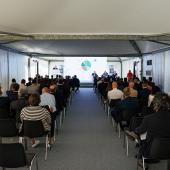
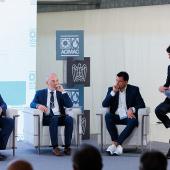

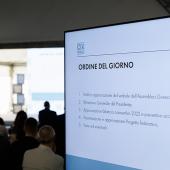
Did you find this article useful?
Join the CWW community to receive the most important news from the global ceramic industry every two weeks



